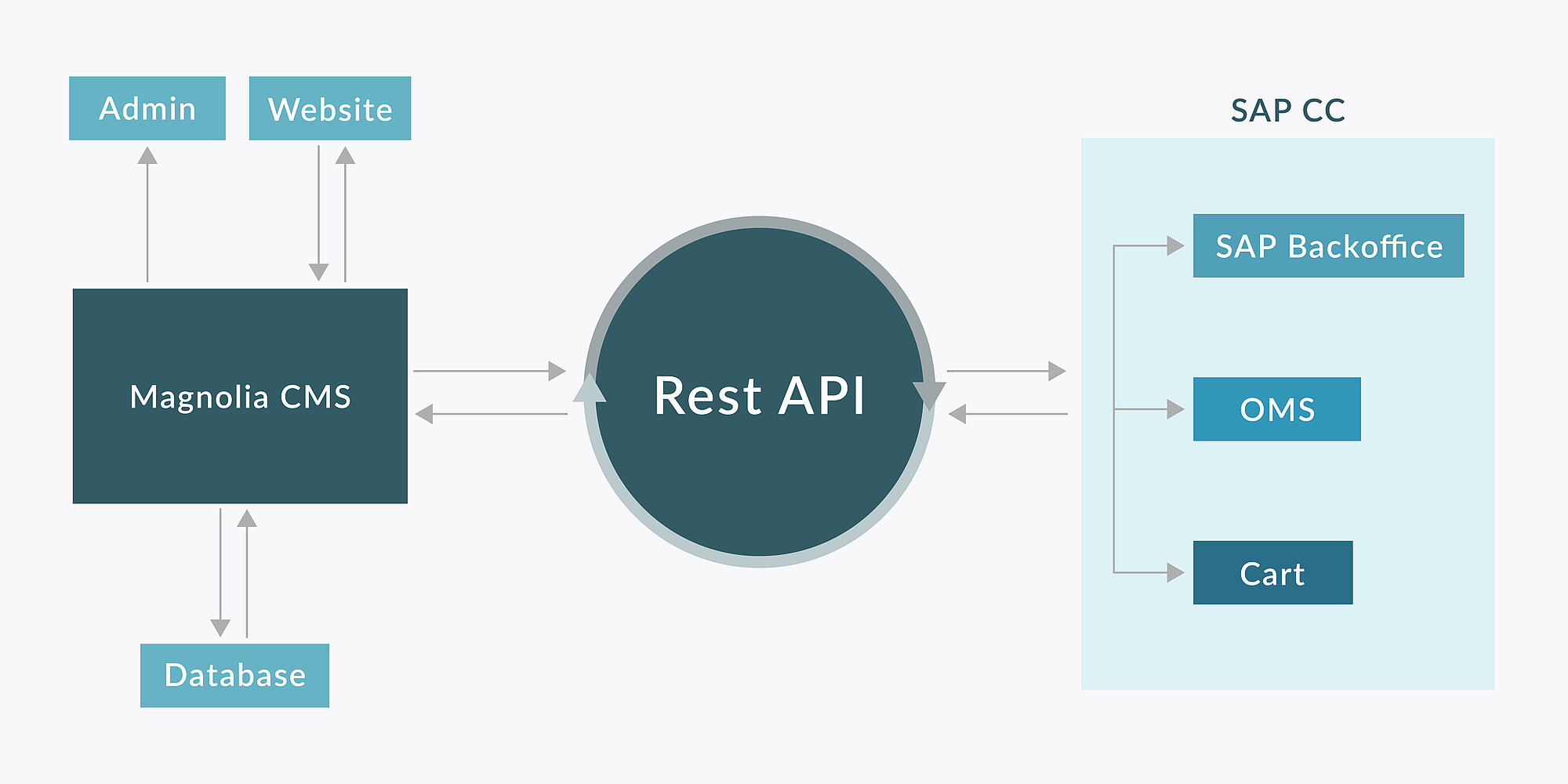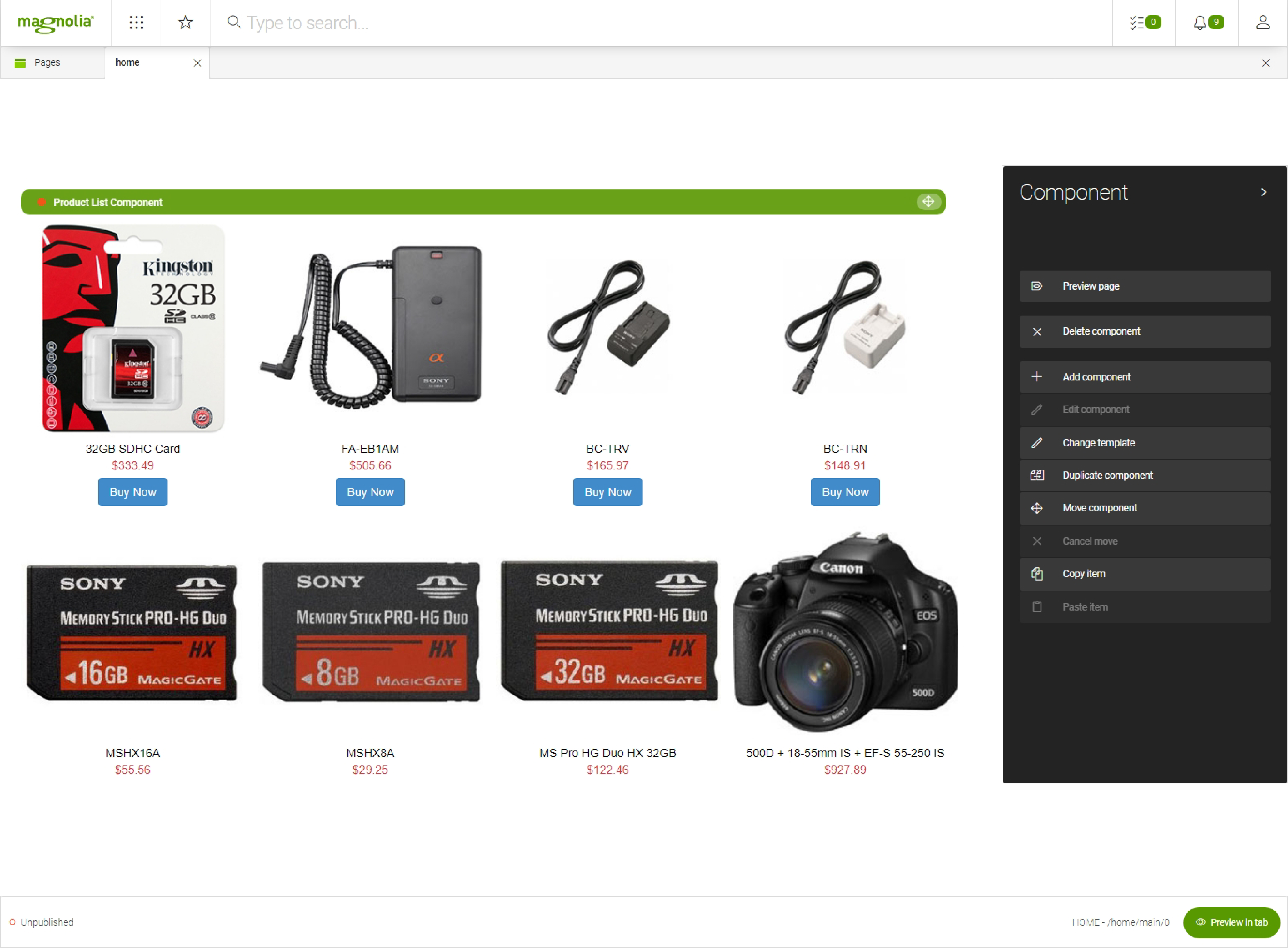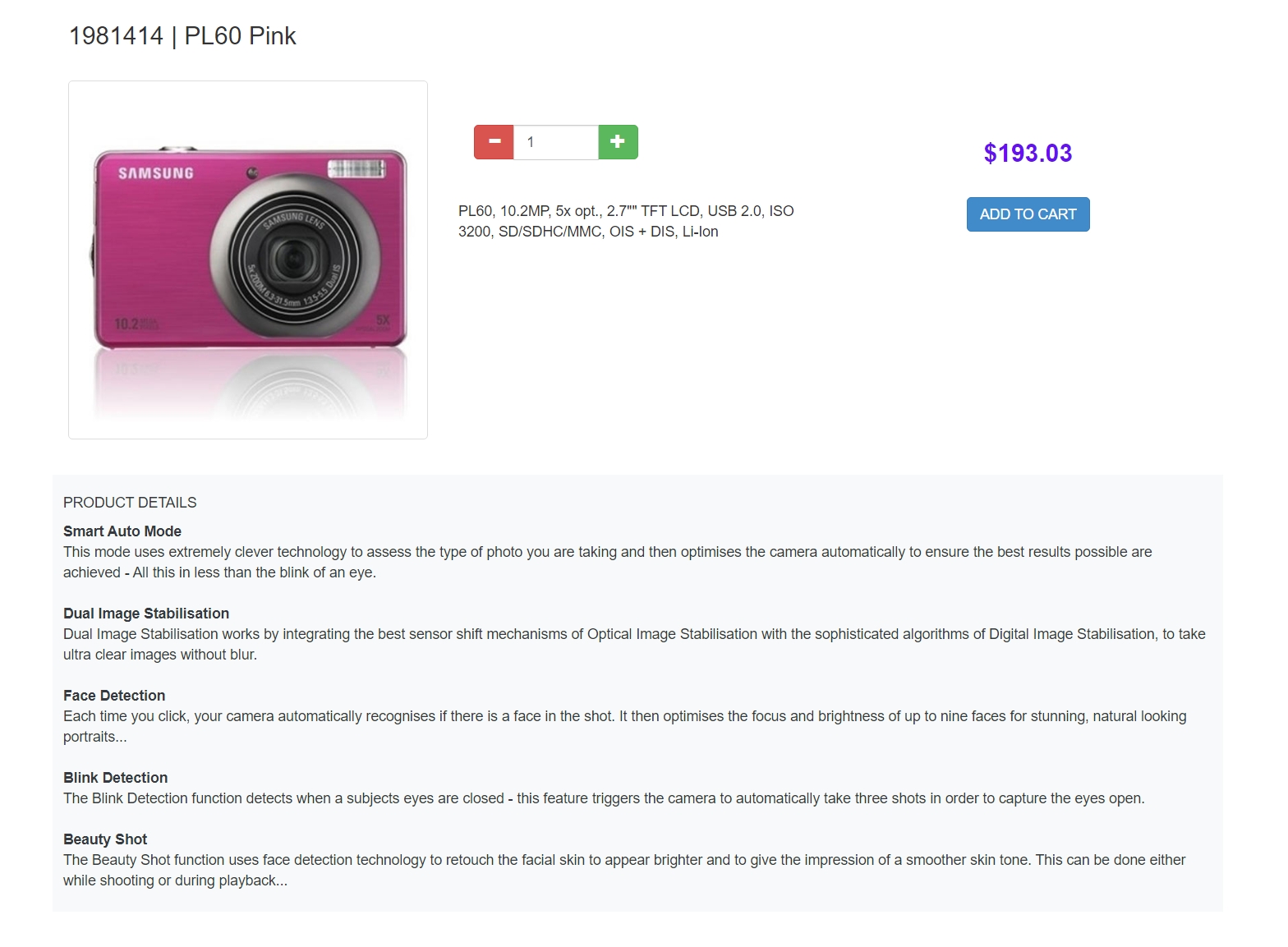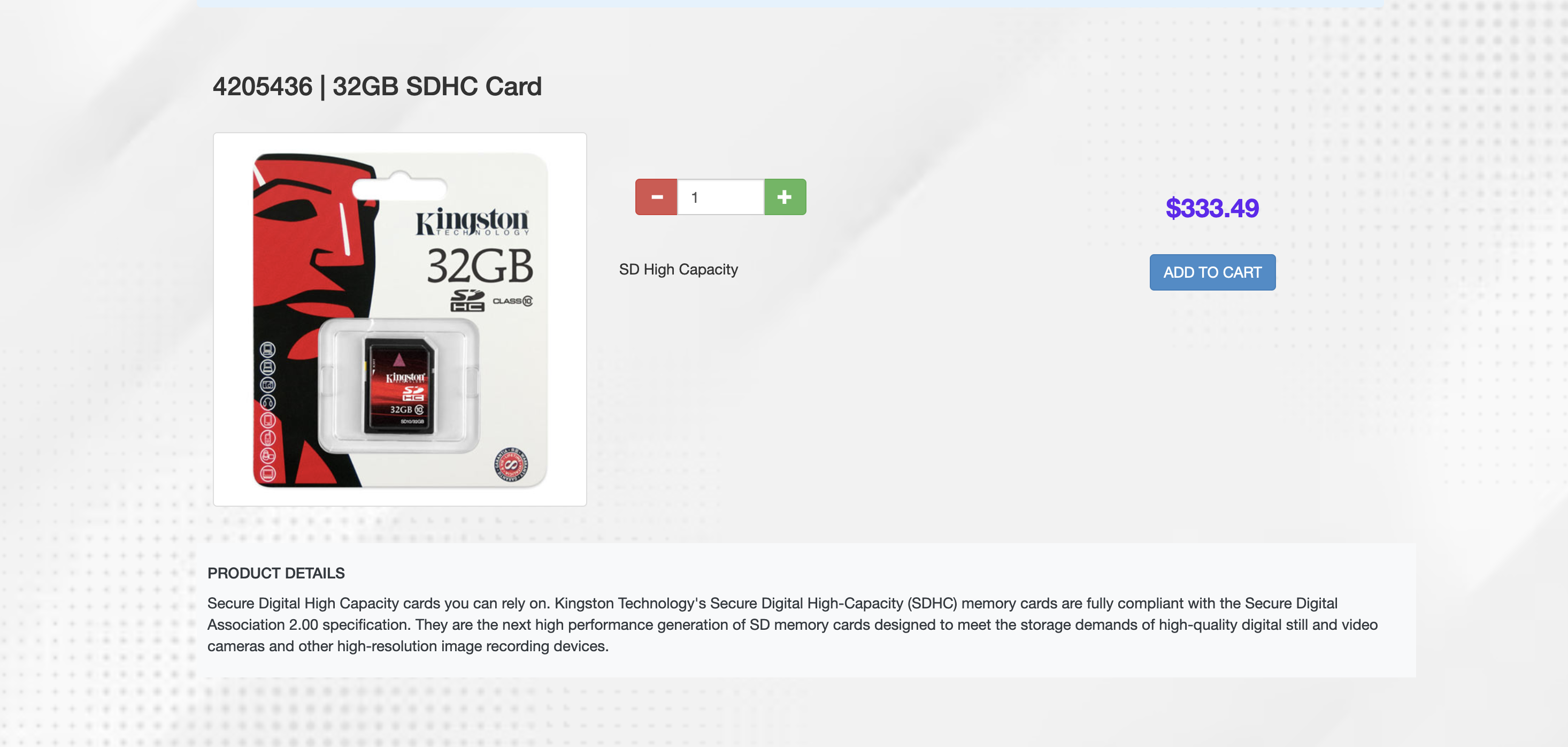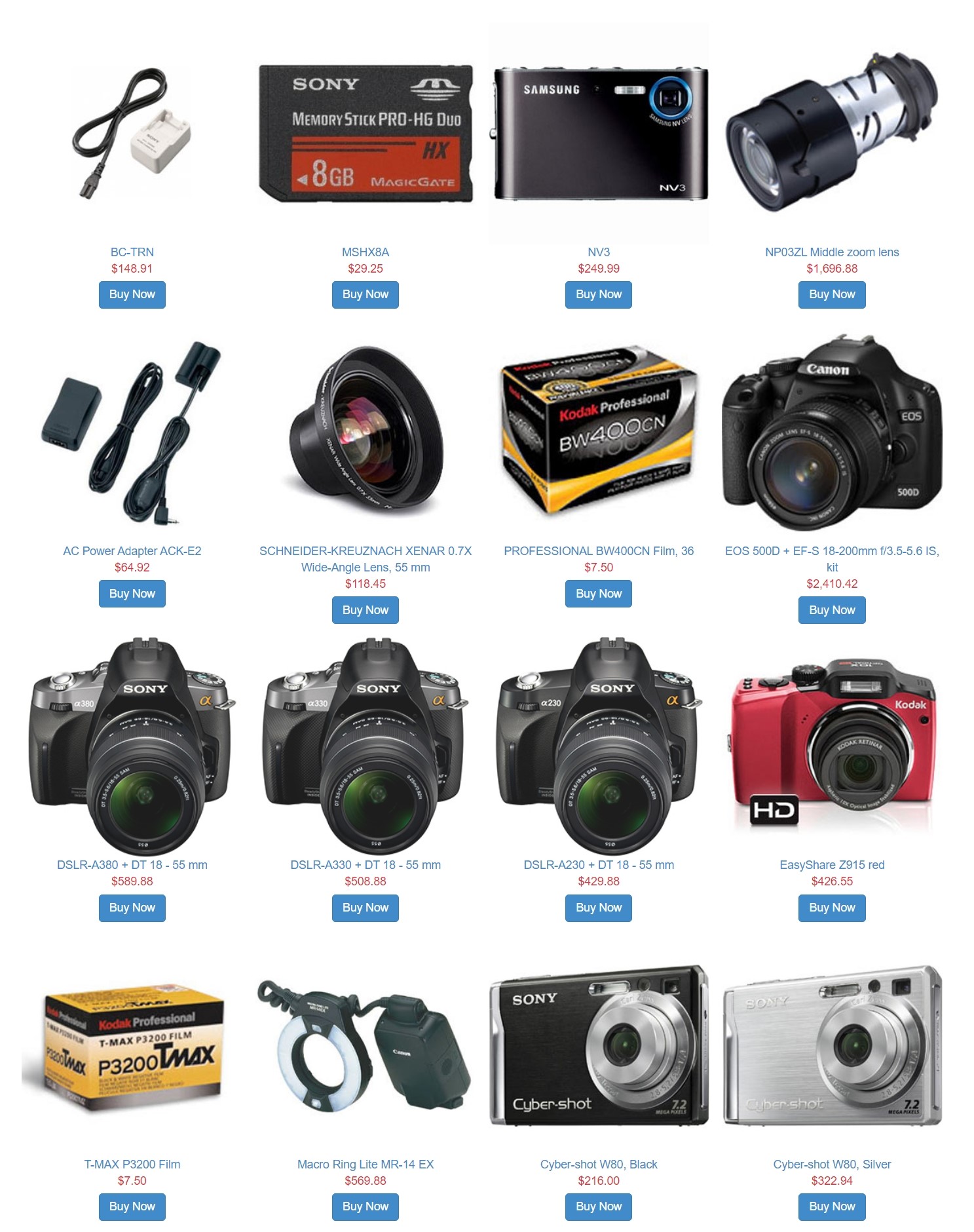SAP Commerce: A top-tier e-commerce platform that provides extensive tools for managing product content, handling transactions, and offering personalized customer experiences.
Magnolia CMS: A Java-based content management system known for its user-friendly interface, flexibility, and powerful content management capabilities, making it an excellent choice for managing the marketing and content aspects of a website.
Flawless Integration: Ensure a seamless merger of SAP Commerce and Magnolia CMS to blend e-commerce capabilities with robust content management.
Enhanced User Experience: Deliver a unified and enhanced user experience by utilizing the unique strengths of both platforms.
Efficient Content Management: Allow marketing teams to manage content independently from the e-commerce functionalities.
Product Display
- Magnolia templates are configured to retrieve product details by calling Hybris APIs.
- Product listings and detail pages are dynamically populated with the data received from Hybris.
- Marketing teams can enrich these pages with additional content, such as articles and images, managed directly within Magnolia.
Shopping Cart and Checkout
- Hybris manages the shopping cart functionality, which is seamlessly integrated into Magnolia’s templates.
- Users can add products to their cart, with the data being processed by Hybris.
- The checkout process is handled by Hybris, with Magnolia providing the front-end interface.
Promotions and Personalization
- Marketing teams use Magnolia to create promotional content and campaigns.
- Hybris provides data on user behaviour, enabling Magnolia to display personalized content.
- Perform UAT with key stakeholders to validate that the system meets business requirements and provides a smooth user experience.
Integrating SAP Commerce with Magnolia CMS enables businesses to leverage the strengths of a top-tier e-commerce platform alongside a versatile CMS. This combination provides a superior user experience, efficient content management, and a scalable solution for online storefronts. By implementing the outlined steps, businesses can ensure a successful integration that effectively addresses their e-commerce and content management requirements.


